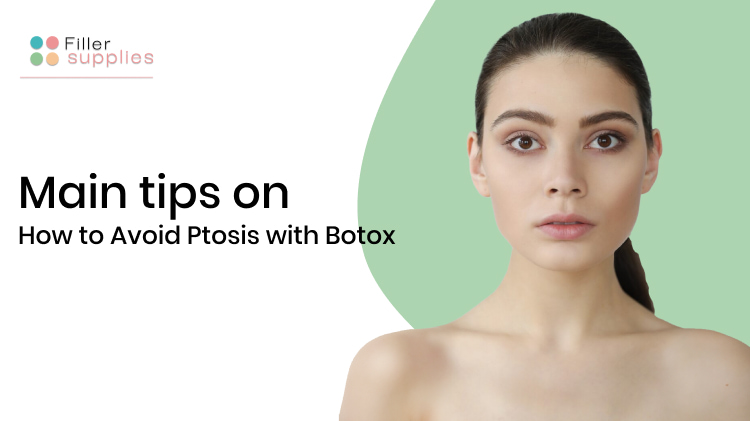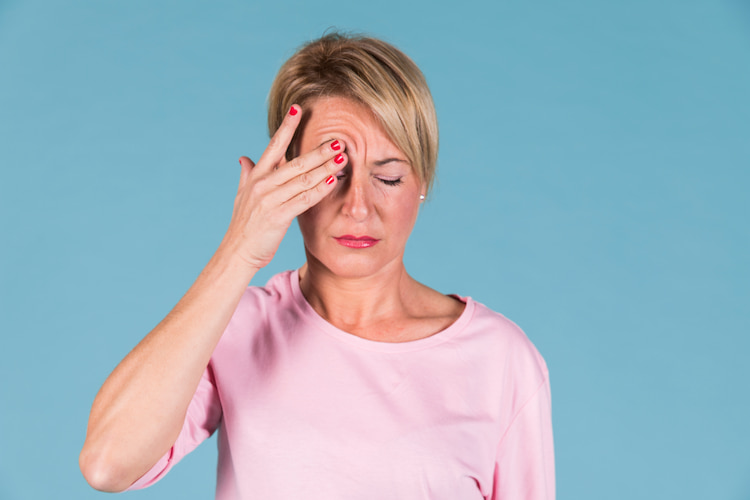Main Tips on How to Avoid Ptosis with Botox

According to healthcare providers, ptosis is one of the most frequent aesthetic issues their patients would like to address while undergoing Botox injections. But what exactly is it? And how exactly can Botox injections treat ptosis? Go through the information below to find the answers to these questions!
Only a certified healthcare provider with a valid medical license is eligible to buy Botox online and administer it beneath a patient’s skin. The same rule applies to all other products based on botulinum toxin (such as Bocouture, Dysport, or Xeomin).
What Are the Peculiarities of Botox Injections?
Above anything else, how about taking a closer look at Botox injections? What are they? And what peculiarities do they have? Let us figure it out together!
So, Botox injections might be defined as procedures that aim to treat various medical and cosmetic issues related to muscle contractions. According to many patients and healthcare providers, they belong to the most popular treatments in the field of clinical and aesthetic dermatology.
By temporarily blocking nerve signals attached to the body or facial muscles around the treatment zone, Botox injections do a great job when it comes to the improvement of the following health and aesthetic concerns:
- Health concerns: overactive bladder (or, in other words, too frequent urge to urinate), incontinence, the so-called lazy eye, excessive underarm sweating (also known as hyperhidrosis), neck pain, chronic migraine, and other issues related to muscle contraction;
- Aesthetic concerns: droopy eyelids (in most cases, upper eyelids), facial anatomy imperfections, visually thin lips, dynamic facial wrinkles (including forehead wrinkles, nasolabial folds, crow’s feet, and other fine lines appearing on a patient’s face due to overactive facial expressions).
It is also worth mentioning that the composition of Botox is fully based on botulinum toxin type A. As a substance produced by the Clostridium botulinum bacterium, it functions as a powerful muscle relaxant.
No matter whether used as the treatment for medical conditions or cosmetic concerns, Botox injections do not create permanent results. Depending on the individual peculiarities of each patient (including his or her current age, skin type, or health condition), they last from a couple of months to half a year.
Patients with an allergy to botulinum toxin (type A) in their medical history should not inject Botox. Also, it is preferable to postpone the Botox treatment in case of pregnancy or breastfeeding. This way, the risk of any side effects after a Botox injection will be minimized.
What Is Ptosis?
Now, let us delve into the discussion of ptosis. Below, you will be able to find the general information on it.
As a medical term, ptosis might be defined as a health condition characterized by a drooping or sagging of an organ or tissue. In the majority of cases, a patient might experience either the eyelid droop (or, in other words, eyelid ptosis) or the eyebrow droop (or, in other words, brow ptosis). Let us take a look at both of them!
Eyelid Ptosis
Eyelid ptosis is a health condition characterized by drooping eyelids. It is also worth mentioning that we are most commonly referring to the upper eyelid when it comes to the droopy eyelid.
Moreover, it is important to point out that eyelid drooping is oftentimes associated with the age-related weakening of the muscles that control eyelid movement. Also, either nerve damage or injury might sometimes cause the drooping of the upper lid.
Brow Ptosis
Brow ptosis, in turn, is a health condition characterized by drooping eyebrows (or, in some cases, the droopy eyebrow, which eventually leads to the distortion of facial anatomy).
Similar to eyelid ptosis, brow ptosis might appear due to the age-related muscle weakening.
What Are the Main Tips for Using Botox Injections to Avoid Ptosis?
Tip #1. The Necessity of an Experienced Practitioner
Injections of botulinum toxin solutions (including Botox) should be performed exclusively by experienced injectors, well-aware of muscle anatomy and a special injection technique to address droopy eyelids or eyebrows.
Tip #2. The Possibility of Side Effects After the Treatment
Both younger and older patients might experience temporary skin irritation (including redness, itching, or swelling), painful sensation, or any other side effect after undergoing the Botox treatment to take care of the upper eyelid or eyebrow droop.
Luckily, the majority of adverse reactions tend to fade away on their own in two to five days after the treatment. Also, they do not usually require any medical help (unless the wrong muscle or wrong area of the face has been affected by the treatment).
Tip #3. The Importance of Botox Treatment Aftercare
In rare cases, Botox migrates from the targeted facial muscle when used to address droopy eyelids or eyebrows. For this reason, it is of vital importance to maintain the normal position of the face for at least several hours after the treatment.
Also, it is strongly recommended to avoid strenuous exercising, direct sun exposure, and sources of excessive heat for the first two to five days after using Botox or any other botulinum toxin (type A) solution to take care of eyelid or eyebrow droop.
Tip #4. The Realistic Expected Result
After being administered into either the levator palpebrae superioris muscle or the forehead muscle of the face, botulinum toxin (type A) in the composition of Botox creates an exceptionally natural looking result. More precisely, it provides a patient with youthful appearance without creating any artificiality effect while taking care of droopy eyelid and eyebrow.
It is also worth mentioning that nerve signals attached to a certain muscle around the injection site have the power to regenerate after being blocked by Botox. For this reason, it is impossible to achieve a permanent result. Also, it is a false assumption that the more Botox you inject, the longer it is going to last.
Tip #5. Additional Effects of Using Botox for Drooping Eyelids or Eyebrows
Apart from improving the appearance of eyelid or eyebrow droop, an injection of Botox frequently functions as an additional periorbital or forehead treatment. Namely, it might turn out to be effective in treating crow’s feet or forehead lines while relaxing the respective muscles.
To Sum Up
All in all, you might address ptosis with the help of Botox in a quick, safe, and effective way. So, how about scheduling an appointment with your healthcare specialist and trying the procedure out yourself? Get rid of droopy eyelids and eyebrows advantageously!

